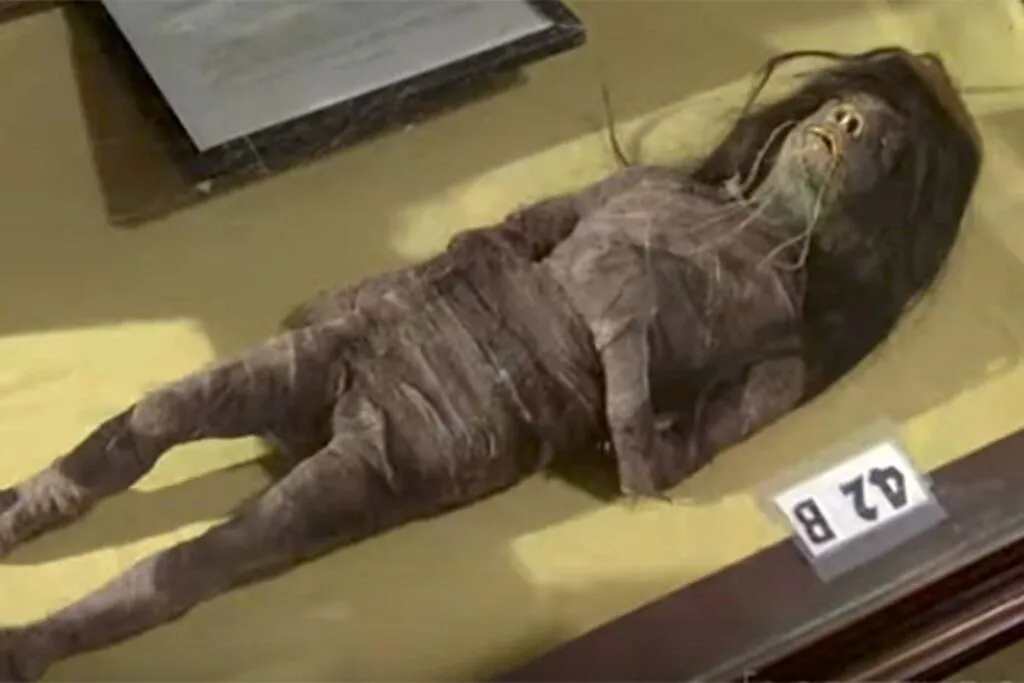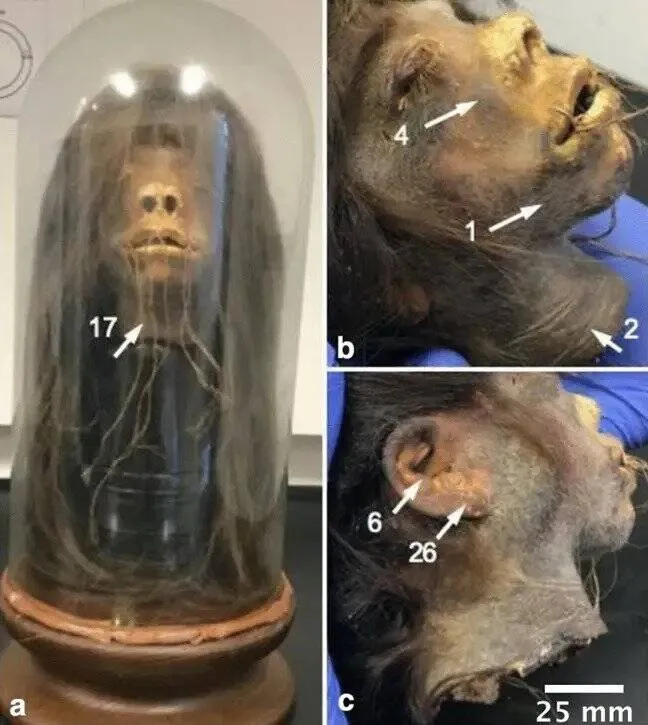Terrifying revelation: shrunken head from 1979 film Wise Blood identified as genuine human tissue, shocking film industry
In a revelation that has sent shockwaves through the film industry, the shrunken head featured in the 1979 film Wise Blood has been confirmed to be made from real human tissue. This shocking discovery has raised significant ethical questions and shocked fans and industry professionals alike.
A shocking discovery
The shrunken head, which played a prominent role in the film adaptation of Flannery O’Connor’s novel directed by John Huston, has always been a source of fascination and controversy. Recent research has revealed that the prop used in the film was not a simple piece of costume, but an authentic artifact composed of real human skin and tissue. This discovery has generated a wave of surprise and concern in the film community and beyond.

The head was used as a prop in *Wise Blood*, a film known for its dark and provocative themes. The film, based on O’Connor’s novel, explores themes of faith and redemption in the American South. The shrunken head was intended to add an element of macabre authenticity to the film’s eerie atmosphere. However, the recent confirmation that it was crafted from real human remains has amplified its disturbing impact.
Ethical implications
The confirmation that the shrunken head is made from real human tissue raises serious ethical questions. The use of real human remains in film production is highly controversial and is often seen as disrespectful to the deceased. This revelation has sparked debates about ethical standards in film production and the lengths to which some will go to achieve authenticity in their work.

The news has been met with a mix of shock and condemnation from the film industry, with many questioning past practices and how decisions were made. The discovery has led to calls for greater scrutiny and stricter ethical guidelines in the industry to prevent similar situations from occurring in the future.
Historical context
While the use of real human remains in historical contexts is not unheard of, current film industry standards and practices often reject such methods. The fact that this shrunken head was used in a film with a substantial budget and a wide release only adds to the gravity of the situation. The discovery underscores the need for a critical reappraisal of historical practices and their appropriateness to contemporary ethical standards.

As the film industry grapples with the implications of this discovery, there is likely to be further dialogue about the ethics of using real human remains in media and entertainment. The situation calls for a re-evaluation of industry practices and a commitment to ensure that all future productions meet the highest ethical standards.
The confirmation that the shrunken head from Wise Blood is made from real human tissue has caused quite a stir in the film industry. Not only has this revelation shocked audiences, but it has also sparked significant debates about ethics and respect in film production. As the industry reflects on this shocking discovery, it serves as a reminder of the need for rigorous ethical guidelines to protect the dignity of all people, past and present.






